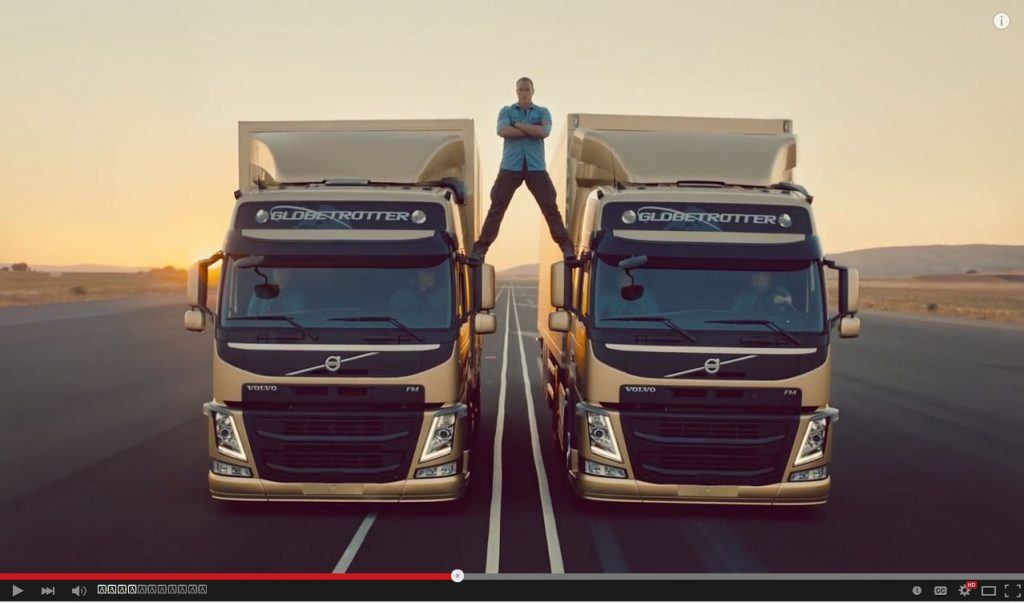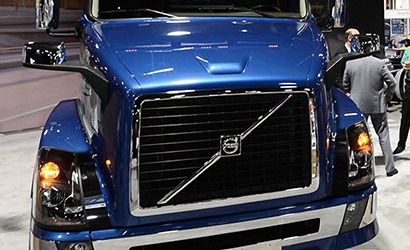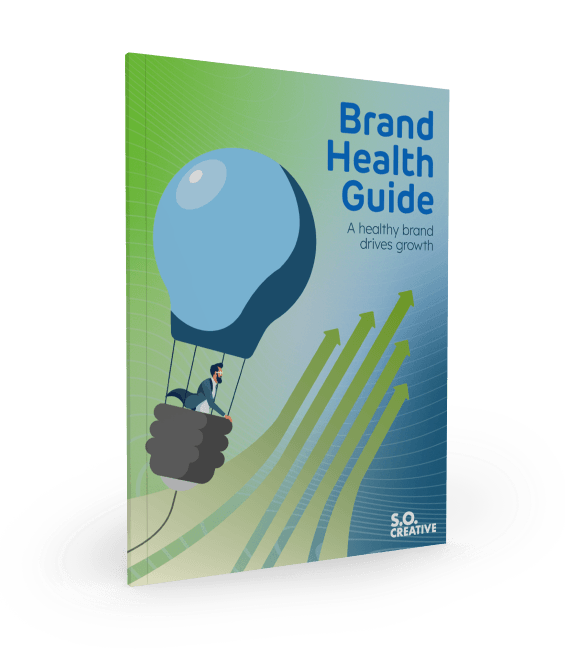I recently attended the ACT Expo 2015 (Alternative Clean TransportationExpo) held in Dallas, the industry’s largest clean fleet expo. Conversations ranged from topics such as the best options for alternative fuel, to the introduction of driverless trucks, and how the price of oil could affect the economy.
Act Expo 2015 Take Aways:
- T Boone Pickens, felt that we need a push for the U.S. to be energy independent.
- Alternative fuels are predicted to be about 15% of the market. Most of the major fleets have a percentage of their trucks designed for alternative fuel usage.
- A large portion of manufacturers featured alternative fuel trucks. The Expo highlighted advancement in the alternatives field from the new Momentum truck with a huge CNG capacity, driverless trucks, to new products that could possibly enhance fuel usage.
- Their is a push for the education of State and city officials in guiding truck manufacturers and companies towards clean fuel growth.
Why the big push for alternative fuels?
Currently, most alternative fuel options are in their early stages, but the move is gaining momentum. Federal laws cutting fuel consumption and greenhouse gas emissions by 20% by the model year 2018 are a major factor behind this push. States with higher emissions issues are testing alternative fuels in government fleets for viability and cost effectiveness. Certain alternative fuels, like biodiesel, can natively run in existing trucks without costly conversions—sometimes without any conversions at all. However, it is currently more expensive, and there are concerns about its effects on engine durability.
Why is it taking so long to make the switch to alternative fuels?
Despite new emission laws and general enthusiasm for a cheaper, cleaner way to power big rigs, the move away from traditional fuels is hampered by some challenges. These include:
1. Public Perception
Many in the transportation industry feel that alternative fuels simply don’t have the power needed for tractor trailers. This perception is largely due to the emergence of passenger cars like the Prius, which many drivers perceive as cramped, underpowered, and, in many ways, unsafe. Most of these attitudes are unfounded; nonetheless, they hinder acceptance of new approaches. Brand development around alternative fuels would smooth the road to public acceptance.
2. Competing Choices
Another reason for the slow move to alternative fuels is, ironically, the wide range of choices available. Natural gas, electric, hydrogen fuel cells, biodiesel, and dimethyl ether are just some of the options vying with each other for the title of fuel efficiency champion. Branding and a strong marketing strategy would create clarity among the alternative fuel options. Until then, Truck manufacturers will stick with good, old-fashioned diesel until one of these emerges as the clear favorite.
3. Infrastructure
The transition to alternative fuels is costly and slow to market. Simply having vehicles that use a diesel alternative isn’t enough. Merchants must also sell the new fuel. Mechanics will need to know how to maintain vehicles that run on it. Fleets must create arrangements to purchase it. Transmission to the Point-of-Purchase must be cost efficient. Credit card providers must set up the means to pay for it. It’s the classic “chicken and egg” problem: you can’t have one without the other, so how do you start?
Until these problems resolve, the widespread use of alternative fuels will remain one of those trucking industry trends that is always “just ahead of us.”1
Marketing Solutions For Alternative Fuels And Trucks
How do we sell around these problems? To counter public perception messaging will need to be educational and to creative. Great ideas can quickly capture public attention. Think the Jean-Claude Van Damme and Volvo commercial. That was a video that went viral and gained millions of dollars in free advertising. Not every campaign will be as successful as the Volvo commercial, but strong marketing and branding can lead the industry shift.
Once the initial business development has been decided the next step is developing the brand strategy and building the brand.

1. Brand Strategy Development
Brand strategy development builds off of business development and direction. It focuses on how to steer the brand. The path followed here can either be the road to riches or a dead end. This type of strategy will need to look at the competition, the political environment, and the economy. SWOT (Strengths, Weaknesses, Opportunities, and Threats) S.O. CREATIVE’s approach is to have an S.O. DISCOVERED meeting with the client and all stakeholders. During this time, all parties discover issues, priorities, directions, strategies, wants and needs. A document will be put together based on the meeting. This document will serve as the backbone to all materials created for the brand and satisfies all stakeholders.
2. Building the Brand
Brand is about the promise, the big idea, and the expectations that reside in each customer’s mind about a product or service. Building the Brand is about core messaging, the experience, and the visual communication. The goal is to get people to fall in love with your brand, then trust and develop a strong loyalty to the brand. This is a major turning point for clean energy brands to go to market.
The next step is for the creative people to role up their sleeves and pour over the strategy document, mining the gems and directions. Those are the things that can make a brand message different and interesting. A lot of creative work generates during this process. Next, we filter out the ideas that won’t work throughout all the selected media and partner with the client to make a decision on branding and messaging.
Why have brands become so important? A strong brand builds companies. An Ineffective brand will undermine success.2
3. Public Relations and Branding
Public relations is the use of non-paid media, such as PR released editorials in publications, online blogs, and forums. The main goal of public relations is to enhance a company’s reputation. The staff that works in public relations (PR) are skilled publicists. They can present a company or individual to the world in the best light. The role of public relations is a to protect a company’s reputation.3 This is necessary for crisis control, new product introductions, and news. Perfect for an industry moving as fast as the alternative fuels industry, especially with the political issues involved. At S.O. CREATIVE, we partner with PR people that are niched in a specific industry. We bring only what the client needs to the table
4. Advertising Your Brand
Advertising is influence, information, persuasion communication and dramatization. There is an art and science to determining new ways to create a relationship between the consumer and the product. Ads and creative media are used for:
- Communicating customer value (the benefits of what the product or new technology can do)
- Building a brand and company image (puts the company in the mind of the customer space)
- Introducing a new product to the market
- Explaining how the product works
- Suggesting new uses for a product
- Informing the market of a price change
- Describing available services and support
Once the brand messaging becomes honed, we adapt that messaging to the Art and science of advertising. Advertising is about delivering a consistent message to the public and winning the heart and emotions. The bigger the price tag, the more you need to win the customer with your brand. There are many channels for advertising. Not only the traditional industry publications and platforms but also social media and search and display advertising are gathering eyeballs and clicks while gaining customer confidence.
S.O. CREATIVE develops the strategy through to the media planning and buying. We plan, do analysis on the media partners and guide the client to the direction that presents not only the biggest ROI, but the best value. Staying in tune with the marketplace and the media ensures that the client is getting strong, measurable results and using the appropriate media vehicles.
In summary, despite the challenges there are still great opportunities to create and introduce new products in the alternative fuels industry. Since it is a fairly new industry, there is also great potential for problems. Developing a strong brand and solid marketing and advertising strategy is key to a successful roll out of products/services requiring discipline and an understanding of how and why people buy.
Learn how S.O. CREATIVE can help build your brand.
Sources:
1.TruckingOffice: Trucking Industry Trends: Alternative Fuels
2. Designing Brand Identity, Alina Wheeler
3. Yahoo Answers

